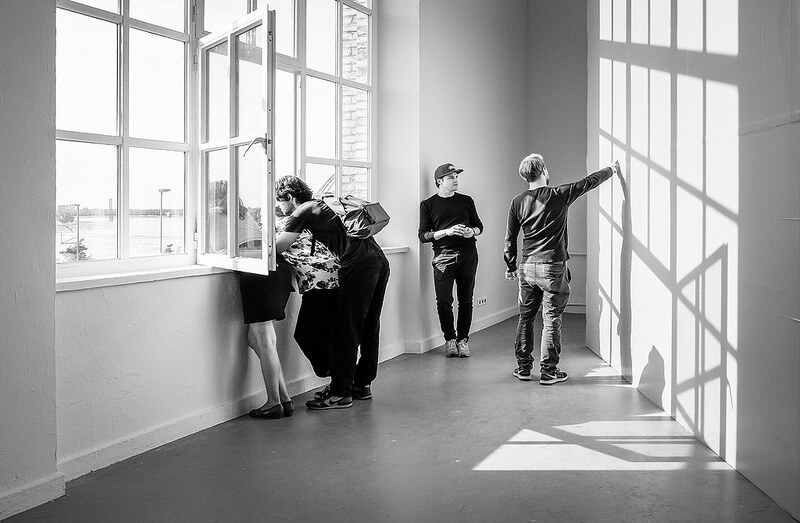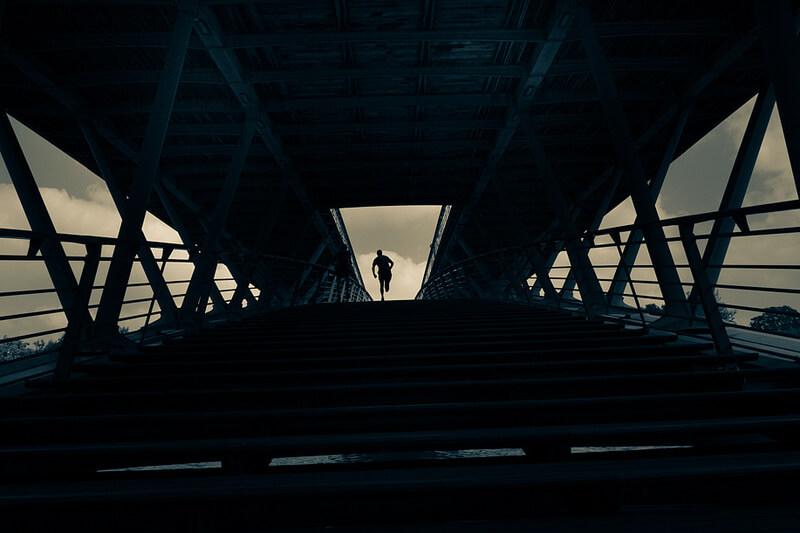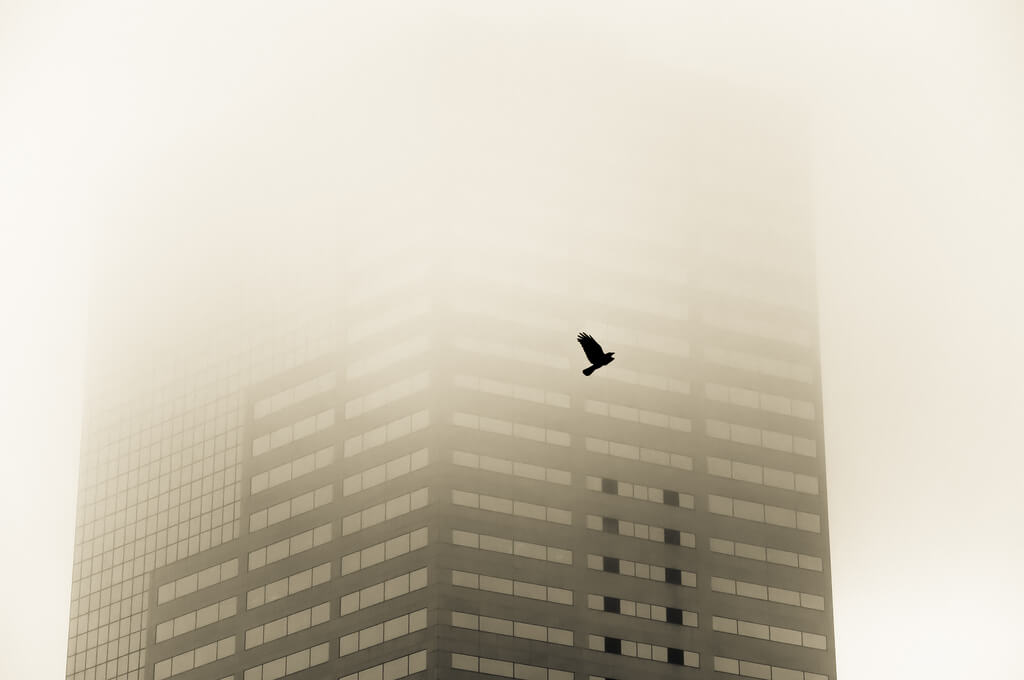Composition is perhaps the most crucial element of your photos. Great composition can make you seem like a pro, while poor composition does exactly the opposite. Even if everything else is perfect, poor composition can make your photos look amateur and incomplete.
The beauty of your photography depends on composition, but don’t give up if you have a hard time composing photos. Composition is a skill you can improve through guidance and practice. To begin, try out these 5 quick tips for improving composition.
1. Choose a point of interest.
To elevate the aesthetic standard of your photos, you must limit what you try to include in an image. Even if a scene has many interesting subjects, don’t include everything. Choose a distinctive point of interest, then try to frame it. Framing will draw the viewer’s eye to that subject, making it more powerful.
This point of interest could be small or large. Likewise, the frame could be a complete, four-sided frame or an incomplete, more abstract frame. Don’t feel like you have to put a box around everything–though that can look striking sometimes, too. Just keep the subject simple, then find a way to arrange the surrounding elements so that they highlight it.
2. Use contrast.
Contrast can heighten the ‘complexity’ of your photos without ruining their simple beauty. One common form of contrast is light vs. shadow, but you can also find contrast in size, color, shape and sharpness. Contrasting shapes and colors, in particular, can create tension or drama, making the viewer want to see more.
3. Balance the elements.
Balance is key to achieving striking pictures. If you strive for balance in color, contrast, and lighting, as well as in the arrangement of subjects, the photo will often look well-composed. Balance doesn’t mean having a boring picture, but rather a picture with the right amount of tension. An unbalanced picture breaks this tension and distracts the viewer from the subject. Good balance keeps the viewer’s attention on the subject, which is what you want.
Thorsten Koch – “the most interesting of this ART was the wonderful view through the window”

4. Focus the viewer’s eye.
Blurring the background (or foreground) is a critical skill for a photographer to master. Called “selective focus,” this blurring allows you to focus the viewer’s eye directly on the subject. You can achieve this effect by shooting with a longer lens at the widest possible f/stop possible, as this reduces the depth of field to an extremely shallow margin.
jordan parks – evening approaches

5. Change your perspective.
Changing your perspective is great way to change your composition, especially if you move really low or high. We don’t often experience these vantage points, so your photo will have a fresh look. You might need to lie down in the dirt or climb up a tree, but getting a great shot will make the inconvenience worth it.
Steven Ritzer – Sunset in my little world

Still struggling with composition? Get more help from these 10 tips.
The previous photos were selected from our Flickr group. Next time you get a shot with masterful composition, share your photo with the group so we can admire your work!



